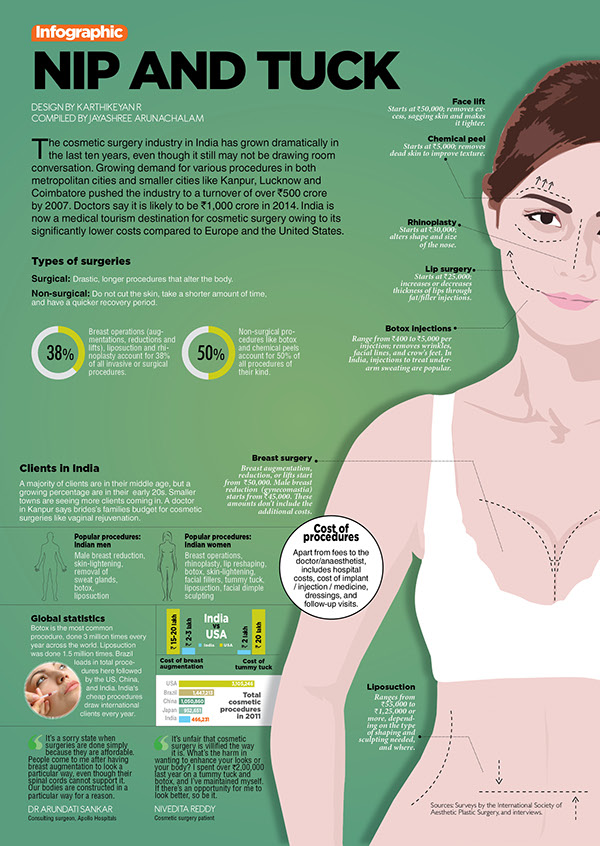Hydration And Acne Prevention
Hydration And Acne Prevention
Blog Article
Reasons for Acne on Cheeks
Acne breakouts in the cheek area are caused by lots of things, from touching your face regularly to not altering your pillowcase usually sufficient. Picking at blemishes raises your danger of infection and scarring, and certain medicines can aggravate dark spots (postinflammatory hyperpigmentation).
Luckily, there are lots of methods to stop and deal with cheek acne. These consist of:
1. Hormonal Modifications
Acne is mainly triggered by hormonal agents, particularly those created during adolescence and pregnancy. For some, a family history of acne may likewise contribute to their condition. Anything that clogs pores, such as oil-based skin care items or ceraceous hair items, can cause acne. Numerous topical therapies, like benzoyl peroxide and salicylic acid, can battle germs and unblock pores. Those with serious or chronic acne should look for therapy from their medical professional.
Stay clear of touching or pressing your acne, as this can press a few of the germs deeper right into the skin, bring about an extra extreme outbreak. It is additionally crucial to alter pillow cases on a regular basis and utilize clean makeup brushes. You should additionally attempt to prevent irritants such as friction from wearing a headgear or limited collar.
2. Diet plan
The greasy, sugary foods that many individuals assume trigger acne may actually refrain so. Actually, research studies have shown that consuming a diet plan rich in whole, nutrient-dense foods aids to stop outbreaks.
Foods high in the glycemic index (such as white bread, corn flakes, puffed rice and potatoes, doughnuts and other breads) increase blood glucose levels promptly, and this can boost hormones that boost oil manufacturing and bring about acne.
Consuming alcohol cow's milk has actually also been linked to raised acne outbreaks. If you are a regular cow's milk drinker, you could wish to try changing to low-fat or nondairy options that are fortified with calcium. In addition, consuming alcohol more water can help to lower acne due to the fact that it helps to maintain the skin hydrated.
3. Excess Oil
While oil is necessary for healthy skin, it can become a trouble when excessive sebum mixes with dead skin cells and obstructs pores. This combination can create blackheads, whiteheads and acnes. The clogged pore wall surface can break down and spill germs, dead skin cells and sebum botox into bordering skin. This leads to a red bump known as an acne. In some cases these red bumps have pus in the facility from a microbial infection. Larger contaminated bumps that appear like acne are called cysts.
There are many points that can cause excess sebum and clogged up pores, including hormonal agent changes, diet and day-to-day practices. Some instances include touching the face frequently, relaxing your hand on your cheek, using unclean makeup brushes and not transforming pillowcases regularly.
4. Stress and anxiety
If you're handling pain pimples or a variety of blackheads and whiteheads, it might be time to talk to a skin specialist. They can recommend a reliable treatment that matches your skin type. Exercising relaxation and stress-reduction strategies also aids.
Acne can occur in the cheeks as a result of friction and stress, such as when a person touches their face often or wears a hat or sporting activities helmet that rubs versus the skin. It can additionally appear where oily cosmetics and lotions massage against the skin.
Stay clear of squeezing acne, as this can press infected material deeper right into the skin and result in scarring. Rather, see a doctor to discover preventative treatments like medicine, skin treatment products and way of living changes. Consuming a healthy diet plan of entire foods, getting 7 to 9 hours of sleep and making use of noncomedogenic makeup and skincare items can all help reduce acne breakouts.
5. Hair Products
Hair items are not generally taken a cause of breakouts, yet they can contribute to acne on the cheeks in some people. Pomade acne, which is identified by small closed comedones and papulopustules, is generally caused by using oily hair items that contain comedogenic components such as particular oils and acetylated lanolin.
Choosing hair items that do not contain these possibly comedogenic active ingredients is an important action towards minimizing breakouts. Additionally, ensuring that hair products aren't can be found in contact with the skin can help avoid outbreaks. As an example, wearing a scarf or hood during the night can limit hair-to-face get in touch with and lower the likelihood that leave-in hair items will certainly abrade onto the face.
In addition to utilizing a non-comedogenic cream and cleaning with an acne face wash, other valuable approaches include: